
Are suburbs cool again? Cities aren’t dead, but a record number of big cities lost population in the pandemic.
Many suburbs were affected too. The decline in city growth during the pandemic didn’t necessarily lead to equivalent rises in suburbs of the biggest 56 U.S. cities, according to a 2022 article by the Brookings Institution.
Boston, Seattle, Los Angeles and Cleveland saw growth declines in both suburbs and primary cities, according to Brookings.
So where did people go? The line between what is a suburb and what is a city has definitely blurred over the years. Some of the fastest growing cities in the U.S. are suburbs outside of Austin, Texas; Phoenix, Tampa and Boise, Idaho, according to the U.S. Census Bureau.
So some suburbs grew, others didn't. The boring bedroom community is out, the edgy exurb is in. What, exactly, do Americans want in a community?
In a survey by Livability of more than 1,000 adults aged 18+ from around the country, 7 in 10 respondents considered affordability a top-three factor influencing their decision to relocate. Affordable housing, quality health care, low crime rates, a great climate and other quality of life needs such as reputable schools, good infrastructure and economic growth, plus amenities like golf, parks, arts and culture are things people look for, the survey revealed.
In another survey of those aged 45 and older on what matters most to them in a place to retire, US News & World Report got similar responses -- quality of life, affordability and job market were important factors when choosing where to live.
People want things to do, like arts, sports and events, they want walkable streets, mixed-use neighborhoods, social networks, diversity, good places to eat and all of the interesting things that come with big cities, but without the problems, like higher prices, lack of parking and increased crime rates.
To determine the top suburbs that offer the best urban and suburban living combined, StorageCafe, an online platform that provides storage unit listings across the nation, ranked 912 suburbs located in the country’s 100 largest metro areas.
For the study, a suburb is any place located within a large metro area and with a population of between 10,000 and 100,000 inhabitants.
They scored these suburbs on 20 different metrics, ranging from population, housing affordability and median household income to the number of businesses, retail stores, restaurants and offices per capita. The metrics also included education, crime, commutes and health factors such as life expectancy, obesity rates, and access to health care.
The ranking is based on the suburbs’ overall scores for these metrics from 1 to 100. Overall scores represent an average of all the suburbs' weighted scores based on the metrics above. Based on their ranking, these are the best suburbs for city-like living.
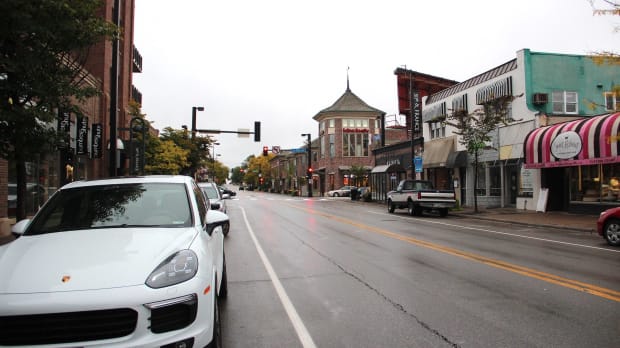
1. Edina, Minn.
- Housing affordability index: 217
- Median household income: $115,047
- Retail stores per 1,000 people: 5.3
- Restaurants per 1,000 people: 2.4
Edina is a suburb of Minneapolis. The city is known for its shopping, parks, and quality of life.
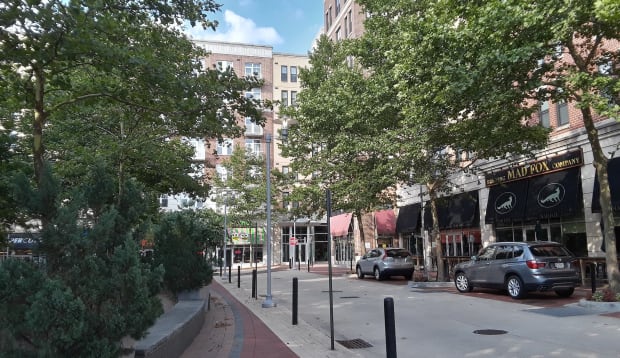
2. Falls Church, Va.
- Housing affordability index: 234
- Median household income: $155,071
- Retail stores per 1,000 people: 4.1
- Restaurants per 1,000 people: 3.3
Falls Church is outside of Washington, D.C.
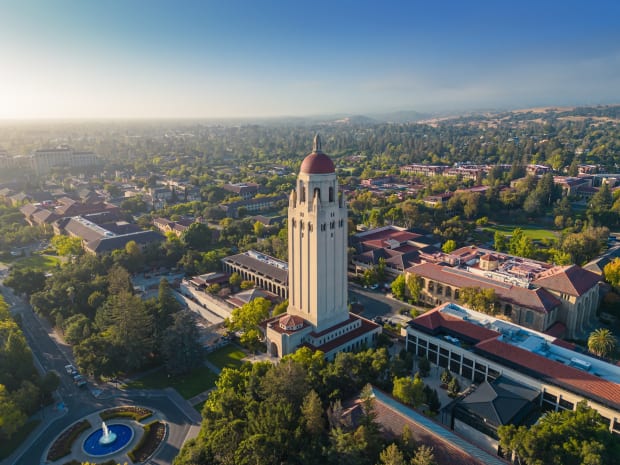
3. Palo Alto, Calif.
- Housing affordability index: 210
- Median household income: $194,782
- Retail stores per 1,000 people: 5.2
- Restaurants per 1,000 people: 4.3
The home of Stanford University sits between San Francisco and San Jose. The median sale price of a home in Palo Alto in March was $3.165 million.
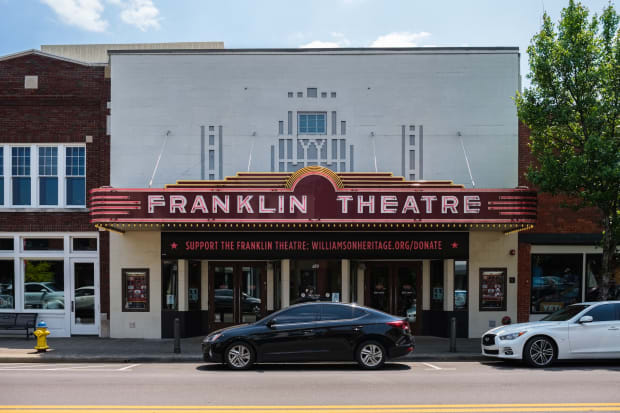
4. Franklin, Tenn.
- Housing affordability index: 182
- Median household income: $102,721
- Retail stores per 1,000 people: 4.6
- Restaurants per 1,000 people: 2.6
Franklin is south of Nashville.
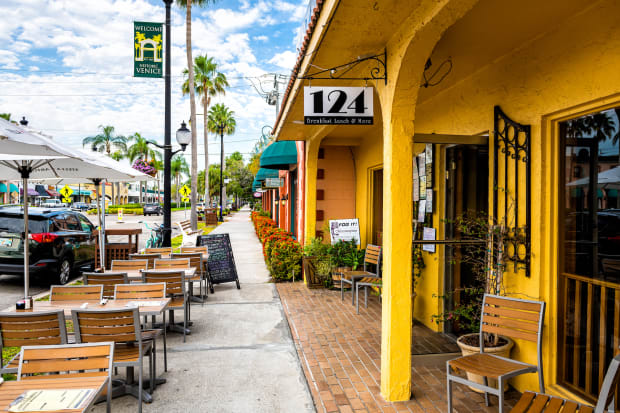
5. Venice, Fla.
- Housing affordability index: 146
- Median household income: $65,478
- Retail stores per 1,000 people: 5.2
- Restaurants per 1,000 people: 2.7
Venice sits on Florida’s Gulf Coast between St. Petersburg and Fort Myers.
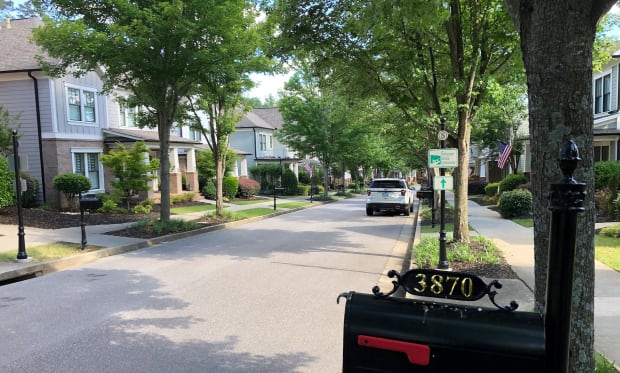
6. Suwanee, Ga.
- Housing affordability index: 168
- Median household income: $99,022
- Retail stores per 1,000 people: 3.5
- Restaurants per 1,000 people: 3.1
Suwanee is outside of Atlanta.
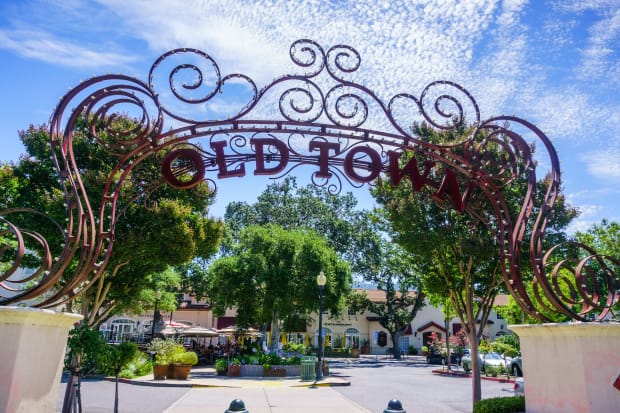
7. Los Gatos, Calif.
- Housing affordability index: 162
- Median household income: $166,642
- Retail stores per 1,000 people: 3.9
- Restaurants per 1,000 people: 2.6
Los Gatos is between San Jose and coastal city of Santa Cruz, Calif. The name comes from the mountain lions that lived in the area.
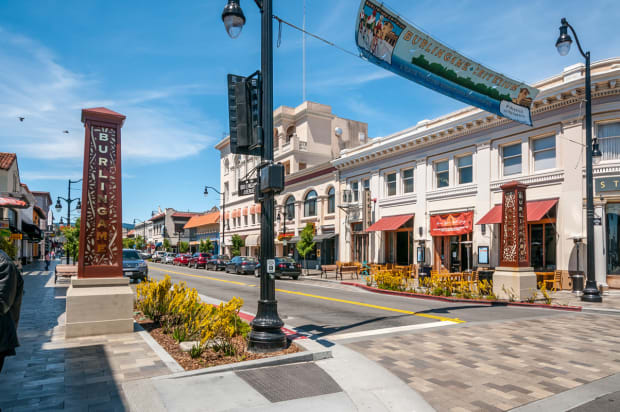
8. Burlingame, Calif.
- Housing affordability index: 176
- Median household income: $150,182
- Retail stores per 1,000 people: 3.8
- Restaurants per 1,000 people: 3.1
Burlingame sits on the San Francisco Bay south of the city.
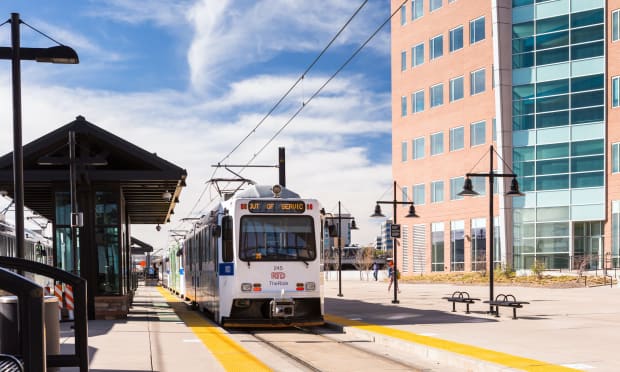
9. Lone Tree, Colo.
- Housing affordability index: 213
- Median household income: $113,653
- Retail stores per 1,000 people: 9.7
- Restaurants per 1,000 people: 4.2
Lone Tree is south of Denver.
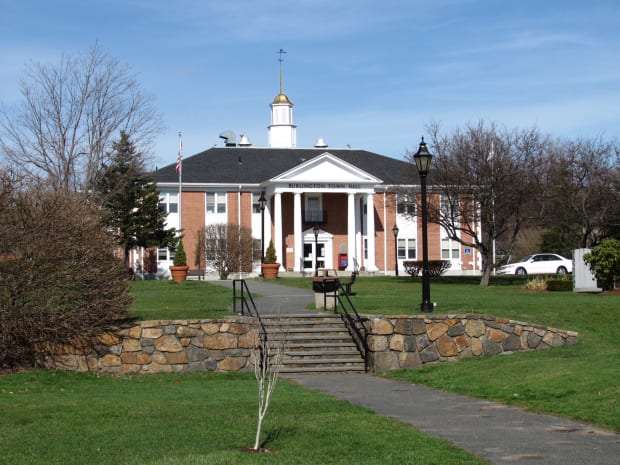
10. Burlington, Mass.
- Housing affordability index: 156
- Median household income: $124,755
- Retail stores per 1,000 people: 7.1
- Restaurants per 1,000 people: 3
Burlington is 12 miles northwest of Boston.
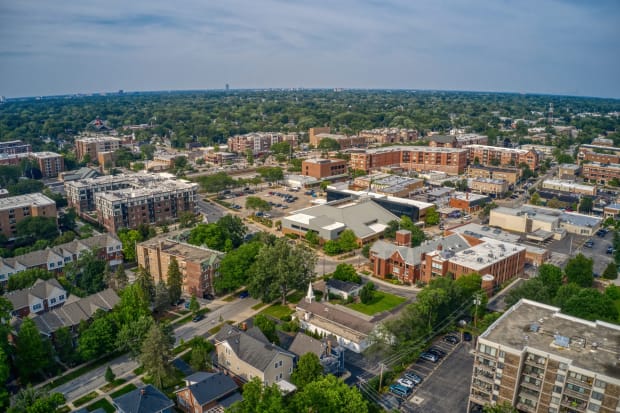
11. Downers Grove, Ill.
- Housing affordability index: 197
- Median household income: $105,217
- Retail stores per 1,000 people: 3.8
- Restaurants per 1,000 people: 2.8
Downers Grove is a suburb of Chicago.
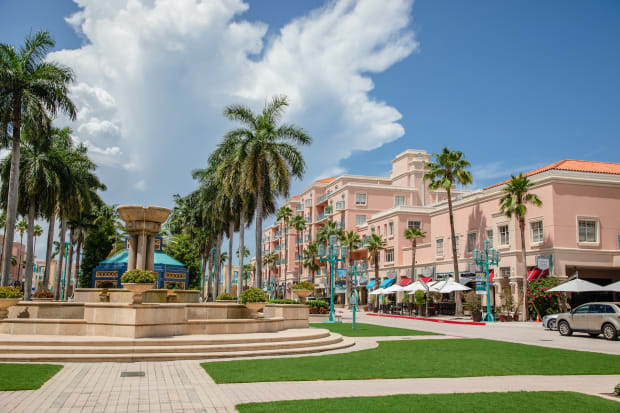
12. Boca Raton, Fla.
- Housing affordability index: 158
- Median household income: $89,776
- Retail stores per 1,000 people: 5.7
- Restaurants per 1,000 people: 2.7
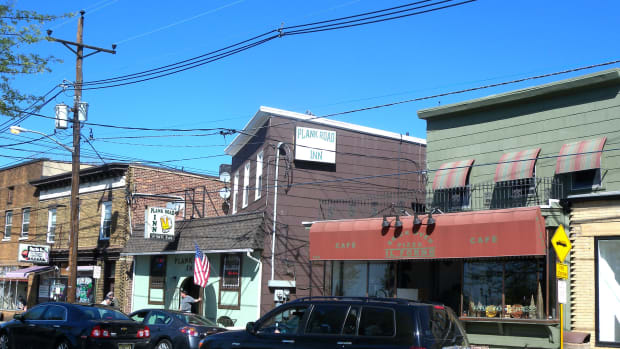
13. Secaucus, N.J.
- Housing affordability index: 214
- Median household income: $125,246
- Retail stores per 1,000 people: 4.9
- Restaurants per 1,000 people: 3.2
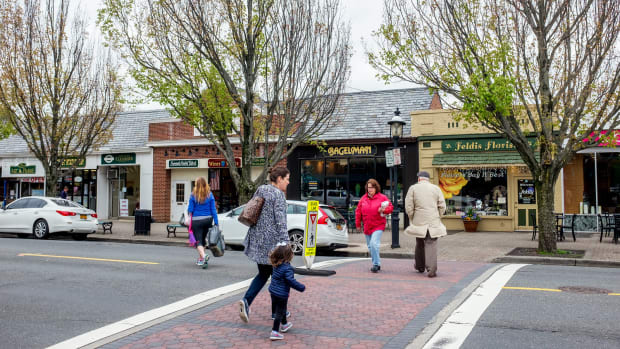
14. Garden City, N.Y.
- Housing affordability index: 99
- Median household income: $185,188
- Retail stores per 1,000 people: 11.4
- Restaurants per 1,000 people: 4.4
Garden City is on New York’s Long Island.
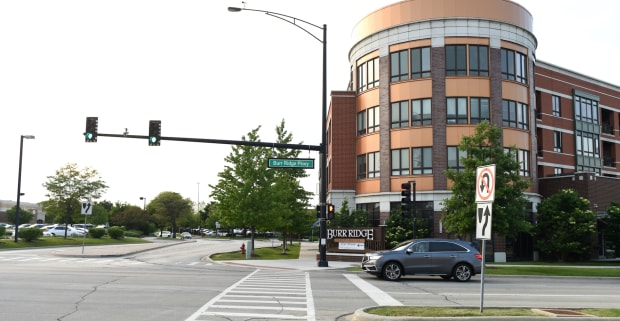
15. Burr Ridge, Ill.
- Housing affordability index: 106
- Median household income: $148,214
- Retail stores per 1,000 people: 4
- Restaurants per 1,000 people: 2.1
Burr Ridge is a wealthy suburb of Chicago.
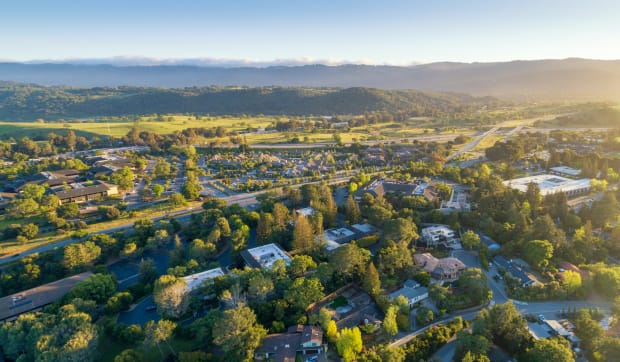
16. Menlo Park, Calif.
- Housing affordability index: 157
- Median household income: $179,913
- Retail stores per 1,000 people: 2.3
- Restaurants per 1,000 people: 2.2
Menlo Park, part of Silicon Valley, is home to the headquarters of Meta (Facebook.)
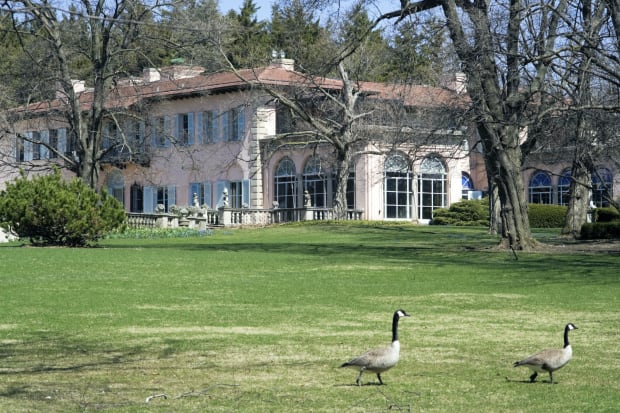
17. Vernon Hills, Ill.
- Housing affordability index: 210
- Median household income: $107,938
- Retail stores per 1,000 people: 6.1
- Restaurants per 1,000 people: 3.1
Vernon Hills is north of Chicago.
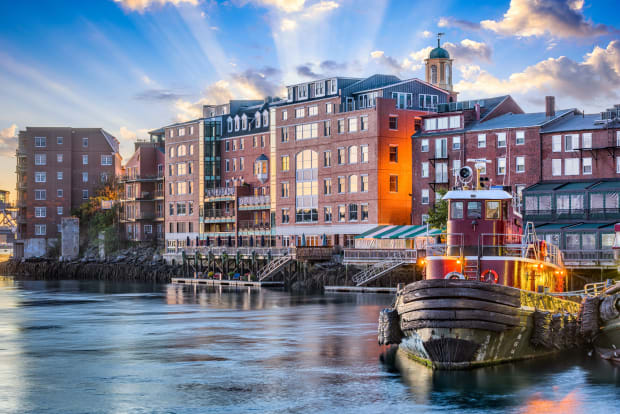
18. Portsmouth, N.H.
- Housing affordability index: 231
- Median household income: $91,915
- Retail stores per 1,000 people: 14.9
- Restaurants per 1,000 people: 7
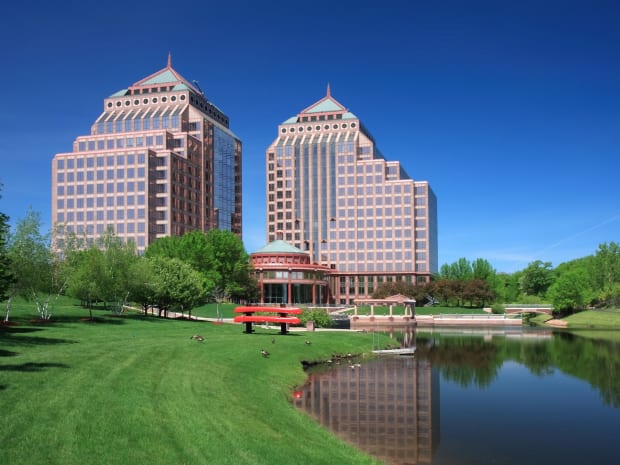
19. Minnetonka, Minn.
- Housing affordability index: 204
- Median household income: $106,023
- Retail stores per 1,000 people: 4.7
- Restaurants per 1,000 people: 1.4
Minnetonka is about 10 miles from downtown Minneapolis.
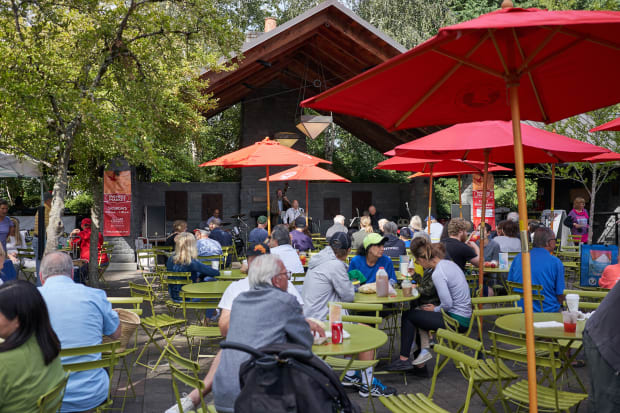
20. Lake Oswego, Ore.
- Housing affordability index: 176
- Median household income: $120,585
- Retail stores per 1,000 people: 2.6
- Restaurants per 1,000 people: 2.1
The city is outside of Portland.

21. Newport Beach, Calif.
- Housing affordability index: 162
- Median household income: $142,463
- Retail stores per 1,000 people: 5.5
- Restaurants per 1,000 people: 3.9
Newport Beach is in Orange County, south of Los Angeles.
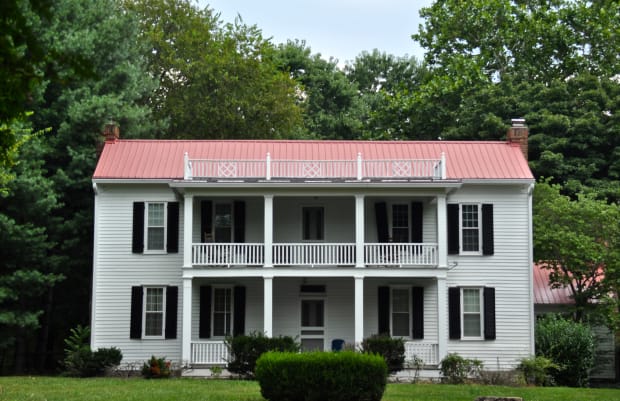
22. Brentwood, Tenn.
- Housing affordability index: 122
- Median household income: $165,948
- Retail stores per 1,000 people: 3.5
- Restaurants per 1,000 people: 2.5
The city of about 45,000 is a suburb of Nashville.
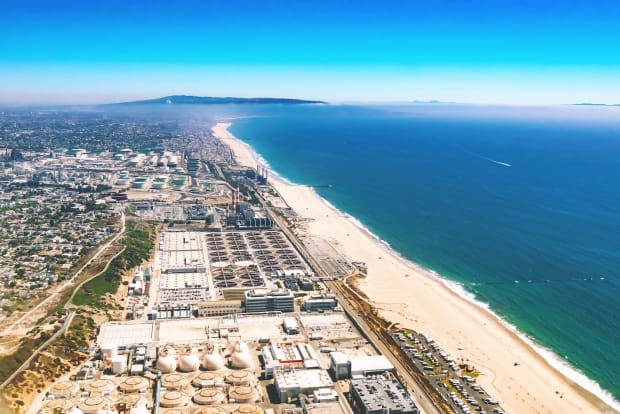
23. El Segundo, Calif.
- Housing affordability index: 193
- Median household income: $126,683
- Retail stores per 1,000 people: 7.1
- Restaurants per 1,000 people: 7.7
The city is in Los Angeles County.
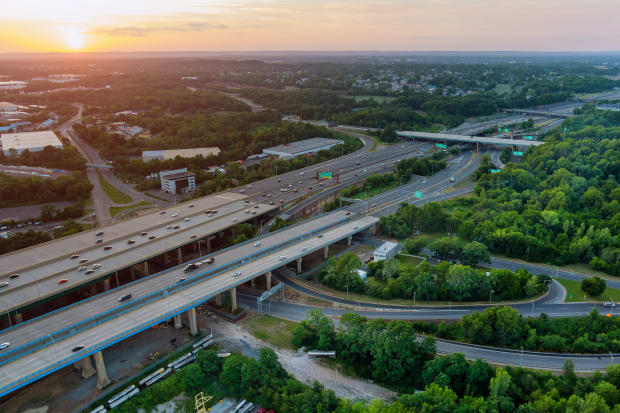
24. Woodbridge, N.J.
- Housing affordability index: 204
- Median household income: $96,919
- Retail stores per 1,000 people: 9.3
- Restaurants per 1,000 people: 3.6
Woodbridge is part of the New York City metro area.

25. Schaumburg, Ill.
- Housing affordability index: 218
- Median household income: $85,147
- Retail stores per 1,000 people: 6.3
- Restaurants per 1,000 people: 3.7
Schaumburg is northwest of Chicago.
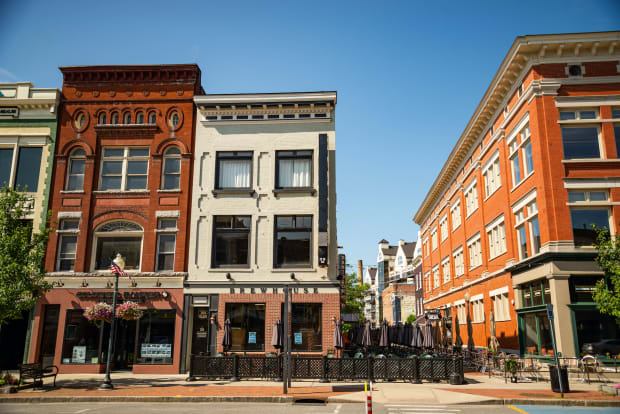
26. Saratoga Springs, N.Y.
- Housing affordability index: 244
- Median household income: $90,020
- Retail stores per 1,000 people: 5.6
- Restaurants per 1,000 people: 3.4
The town well-known for its horse races is in upstate New York, north of Albany.
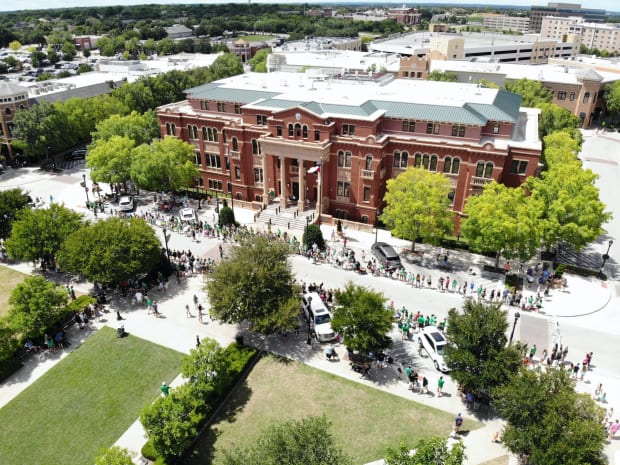
27. Southlake, Texas
- Housing affordability index: 147
- Median household income: $239,833
- Retail stores per 1,000 people: 6.8
- Restaurants per 1,000 people: 4.1
Southlake is a suburb of Dallas/Fort Worth.
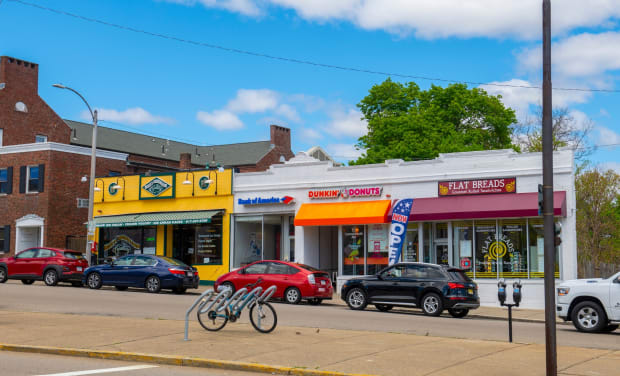
28. Newton, Mass.
- Housing affordability index: 166
- Median household income: $164,607
- Retail stores per 1,000 people: 3
- Restaurants per 1,000 people: 1.9
Newton is about 7 miles from downtown Boston.
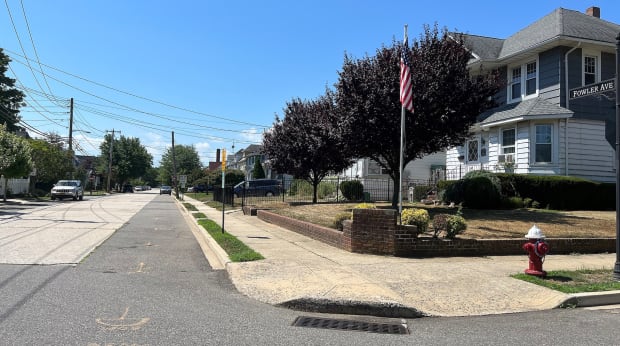
29. Lynbrook, N.Y.
- Housing affordability index: 157
- Median household income: $126,832
- Retail stores per 1,000 people: 4.8
- Restaurants per 1,000 people: 2.9
The village is on Long Island.
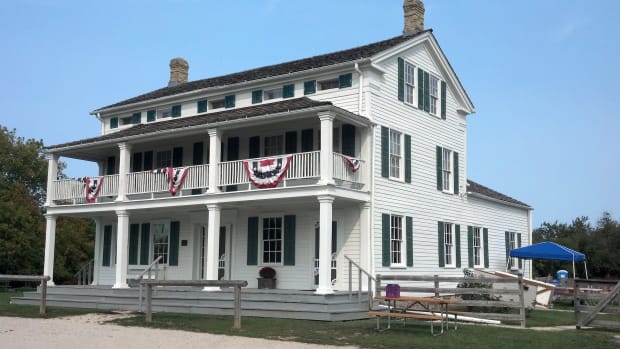
30. Brookfield, Wis.
- Housing affordability index: 178
- Median household income: $110,616
- Retail stores per 1,000 people: 7.3
- Restaurants per 1,000 people: 3.1
Brookfield is a suburb of Milwaukee.
You can see the full ranking and methodology for this list at StorageCafe.com.







